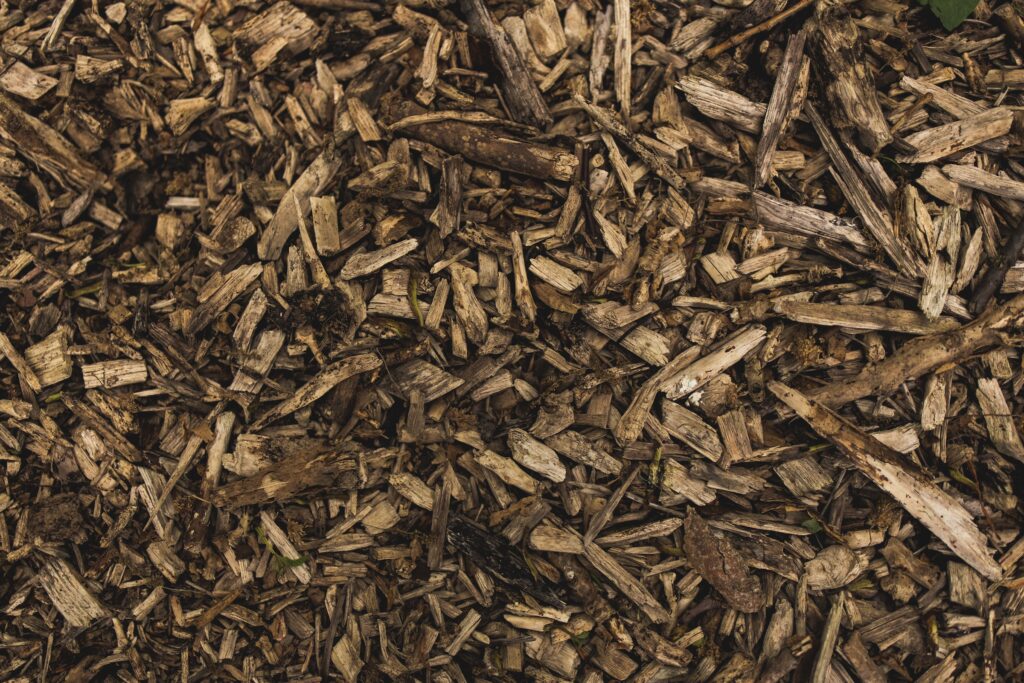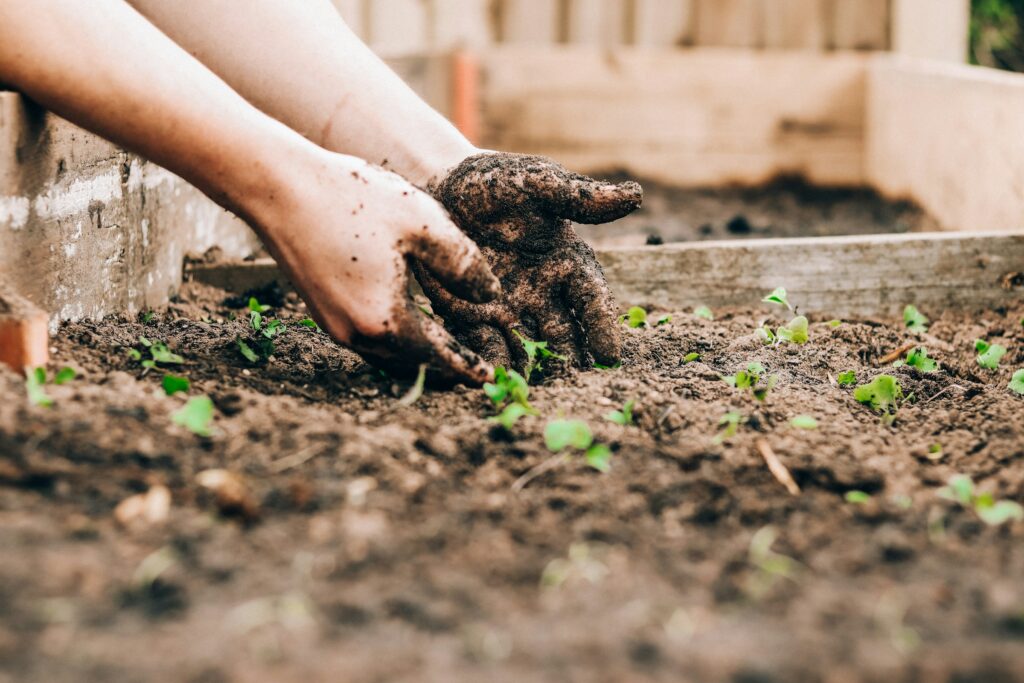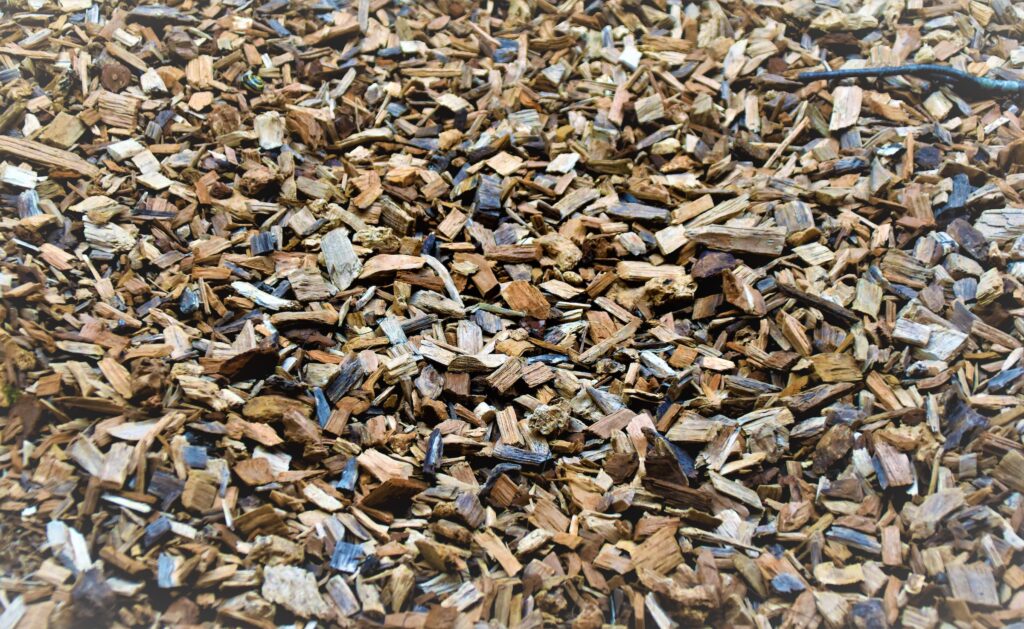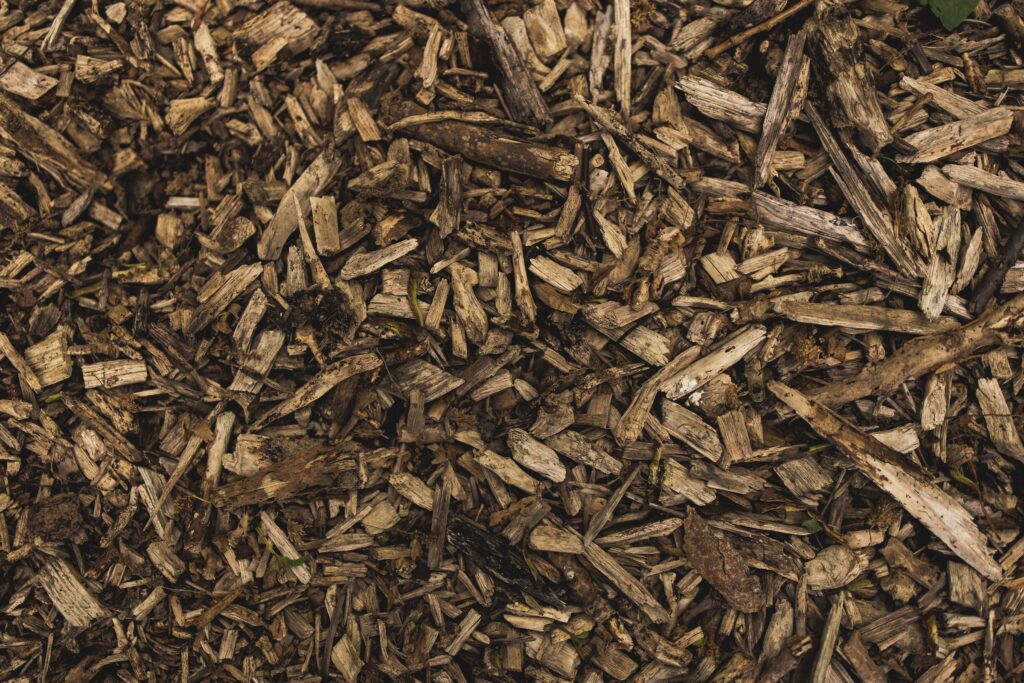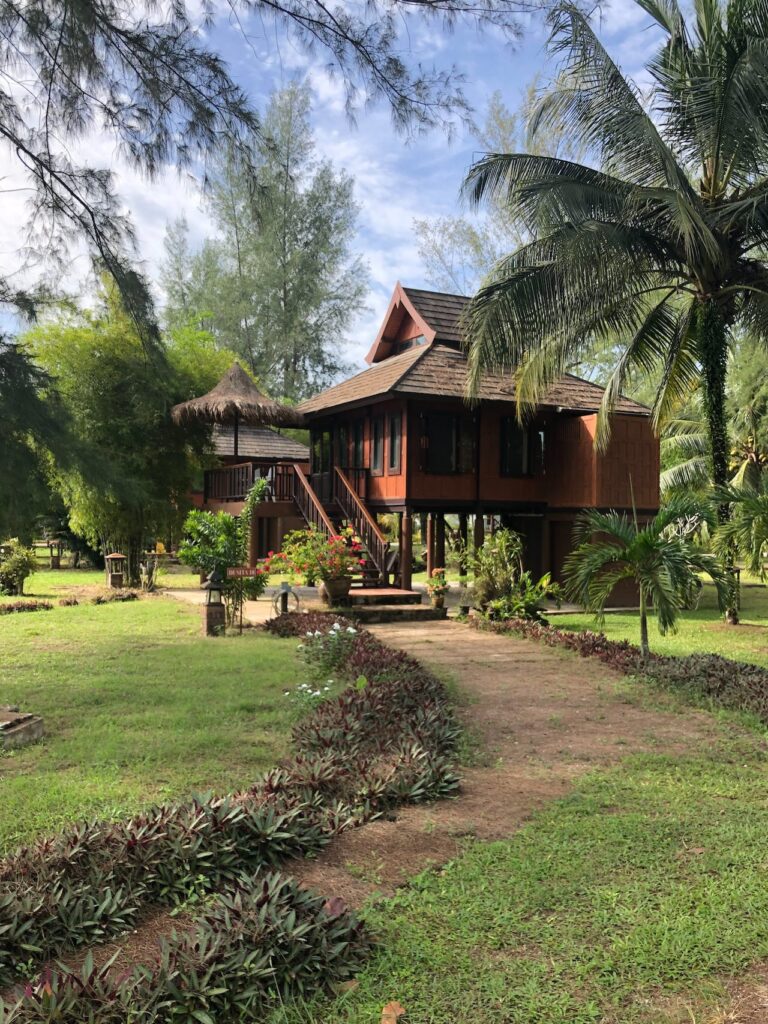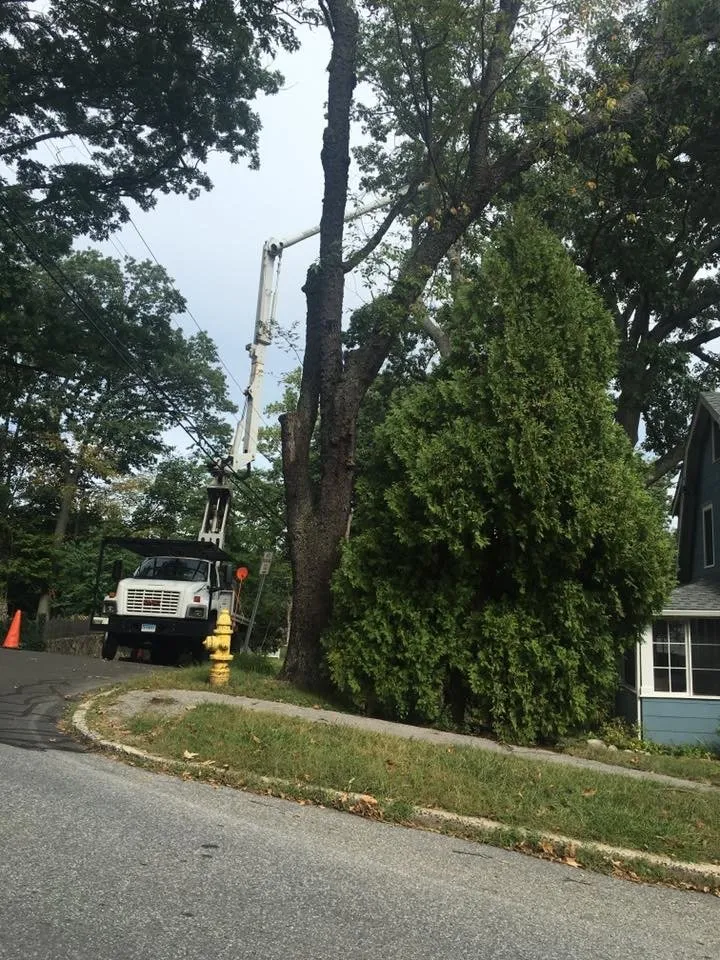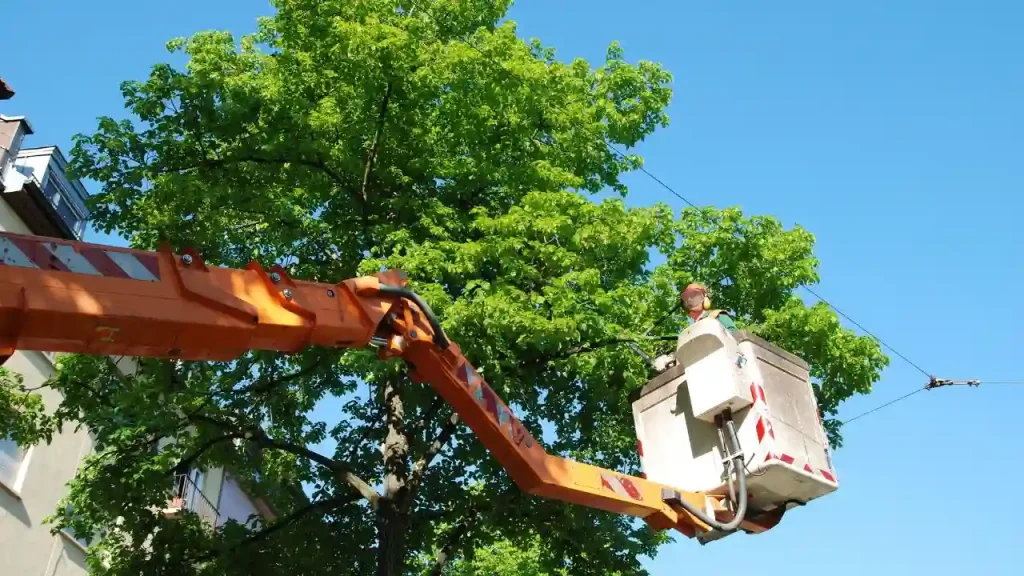Joondalup, with its picturesque landscapes and abundant greenery, is home to a diverse array of trees that contribute to the city’s unique charm. While tree removal may be necessary in certain situations, it’s essential to explore ways to avoid unnecessary removal and preserve the natural beauty of the region. In this article, we’ll discuss valuable tips to help Joondalup residents make informed decisions about their trees, ensuring that removal is a last resort rather than a default solution.

Regular Tree Maintenance
One of the most effective ways to prevent unnecessary tree removal is through regular maintenance. Periodic inspections by certified arborists can identify potential issues early on, allowing for timely interventions such as pruning or disease management. Trimming away dead or damaged branches can enhance the tree’s health and longevity, minimizing the likelihood of removal.
Know Your Trees
Understanding the characteristics and specific needs of the trees on your property is crucial. Different species require varying levels of care and have unique vulnerabilities. Researching the native trees in Joondalup and their specific requirements empowers homeowners to provide optimal conditions for growth, reducing the chances of premature removal due to neglect.
Implement Preventive Measures
Taking proactive steps to prevent potential issues can go a long way in preserving your trees. For example, installing lightning rods in areas prone to storms can protect trees from lightning strikes, while mulching around the base helps retain moisture and regulates soil temperature. These preventive measures contribute to the overall health and resilience of the trees.
Address Pest and Disease Issues Promptly
Pests and diseases can pose significant threats to trees, and if left unattended, they may lead to irreversible damage, necessitating removal. Regularly inspect your trees for signs of infestation or disease, and consult with a professional arborist to implement appropriate treatment plans. Timely intervention can save your trees and prevent the need for removal.
Plan Construction Projects Carefully
When planning construction or landscaping projects, consider the impact on existing trees. Compacted soil, changes in drainage patterns, or root damage during construction can compromise a tree’s stability and health. Consulting with an arborist during the planning phase can help develop strategies to protect trees from unnecessary stress and damage.
Practice Responsible Pruning
Improper pruning techniques can weaken trees and make them more susceptible to diseases or pest infestations. Learn the correct methods of pruning or hire a certified arborist to perform the task. Avoid “topping” trees, as this harmful practice not only jeopardizes the tree’s health but also increases the risk of structural failure, making removal more likely in the future.
Support Local Tree Preservation Initiatives
Get involved in community efforts to preserve and protect trees in Joondalup. Participate in local tree planting events, support conservation initiatives, and stay informed about relevant policies and regulations. A united community effort can create awareness and influence positive changes in tree management practices.
Seek Professional Advice
If you notice signs of decline or are uncertain about the health of a tree, seek professional advice promptly. Certified arborists can conduct thorough assessments, diagnose potential issues, and recommend appropriate courses of action. Consulting with experts ensures that decisions about tree care are based on accurate information, reducing the likelihood of unnecessary removal.
Preserving Joondalup’s green canopy requires a collective commitment to responsible tree care. By adopting these tips and making informed decisions, residents can contribute to the longevity and vitality of the city’s trees. Remember, unnecessary tree removal not only impacts the aesthetic appeal of the region but also disrupts ecosystems and diminishes the environmental benefits that trees provide. Let’s work together to ensure that tree removal remains a last resort, allowing Joondalup’s trees to thrive for generations to come.
